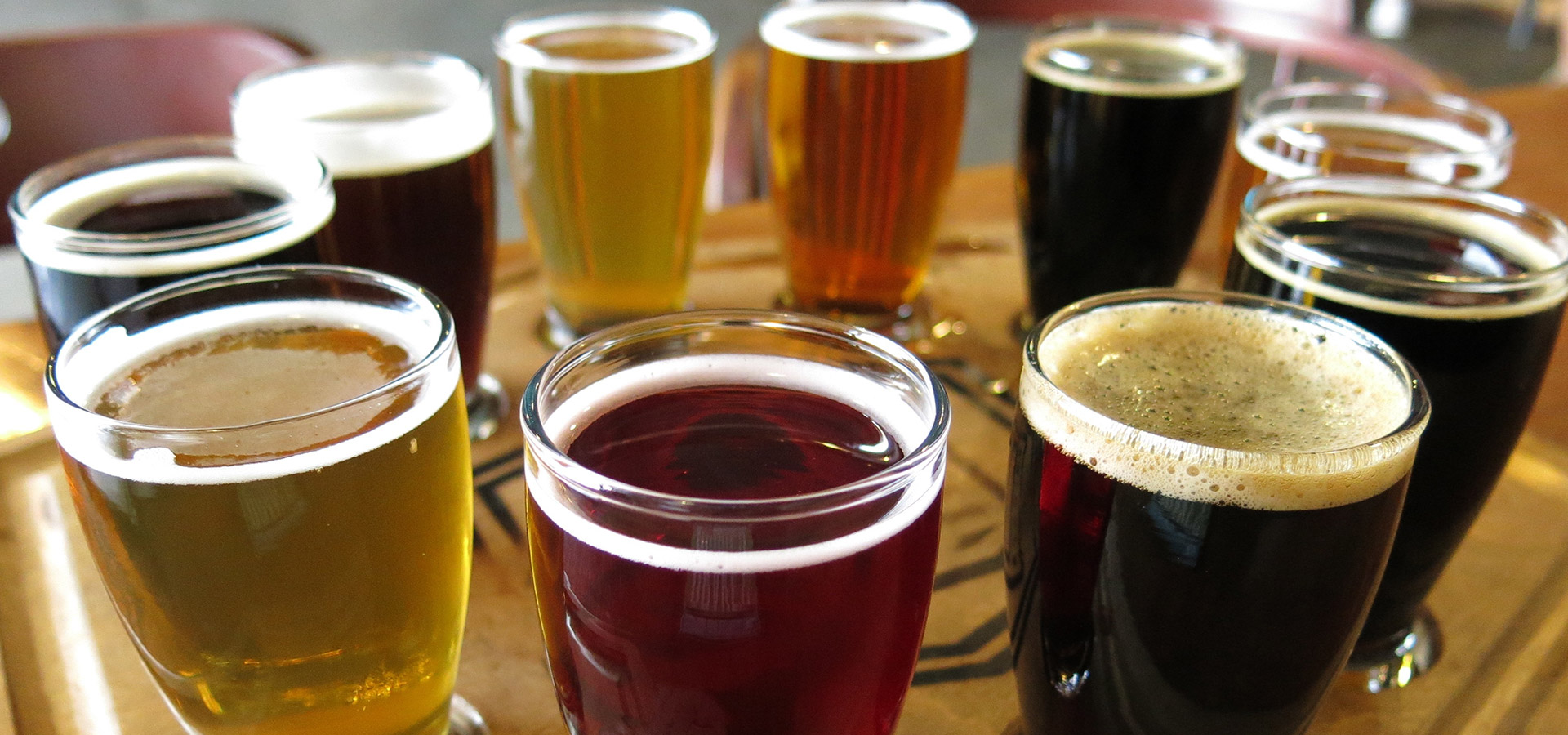Maris Otter, the world’s foremost award-winning barley variety, is celebrating its 50th anniversary in 2015.
According to grain merchant Robin Appel who rescued the variety from oblivion in 1990 with Banham’s of Norfolk, plantings for 2015 are looking strong. 2014 saw around 20,000 acres of Maris Otter planted, a ten year record; and 2015 should see farmers growing an even bigger acreage, with increased demand for Maris Otter not only from the UK, but also from the US and mainland Europe.
According to Jonathan Arnold of Robin Appel:
“The 2014 Maris Otter harvest looks like being a ‘Once in a lifetime’ crop.
“Barring one or two regional glitches in Shropshire and parts of Yorkshire due to soil types and winter floods, this year’s malting barley harvest will go down in the record books as one of the best ever. Counties growing Maris Otter now include Norfolk, Suffolk, Cambridgeshire, Yorkshire, Shropshire, Herefordshire, Hampshire, Wiltshire, Dorset, Oxfordshire, Gloucestershire and Cornwall.
“Low nitrogen – a requirement for ale brewers, big, bold grains (giving more starch to convert to fermentable sugars), high specific weights and huge yields have combined to make the 2014 harvest a real bumper affair.
“The harvest started in an orderly manner with early samples of the ubiquitous Maris Otter winter barley giving us an idea of what was to follow. Beautiful golden grains in immaculate condition with gleaming white endosperms combined with good yields and perfect harvest weather to make it a fairy tale start to harvest.
“From Cornwall to Yorkshire and from Hampshire to Norfolk, samples poured in confirming a vintage Otter harvest. Our domestic maltsters are loaded up with some of the best Maris Otter ever; so everyone in this unique supply chain should be very content with this year’s malt supplies.
“The spring barley crop followed with the same results – although the issue here is that some barleys are carrying incredibly low levels of nitrogen, due mainly to farmers’ huge yields and the dilution effects of that.
“The French harvest was hit by poor weather conditions at harvest resulting in the loss of malting quality, this has helped keep malting premiums higher as global demand continues to outstrip supply of barley, this being further exacerbated by the loss of huge quantities of Canadian malting barley, due again to poor weather conditions.
“The fantastic weather conditions during September and the first half of October across Europe have resulted in a large sowing of autumn crops; and this could have a significant impact on spring cropping – as could the new EU-imposed three crop minimum rule, which will change farmers’ former planting decisions.
ENDS.
Emanuele Barrasso
@Eman_Barrasso
